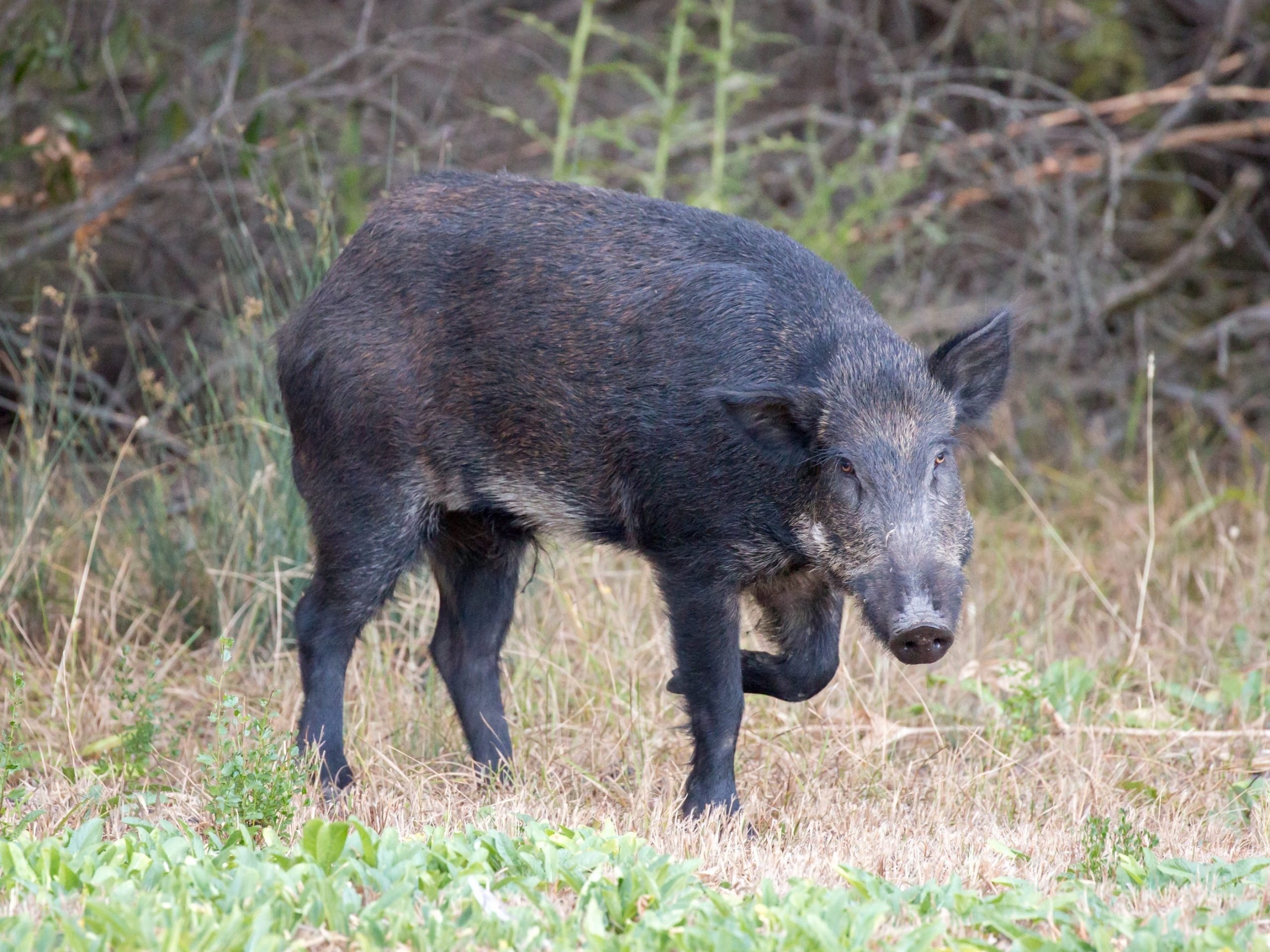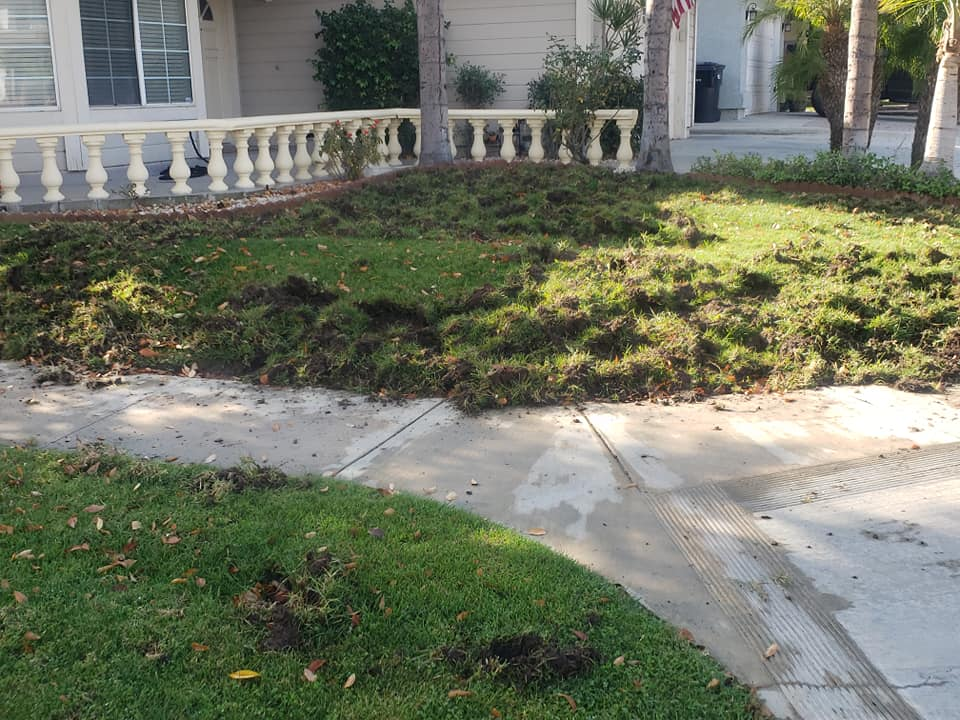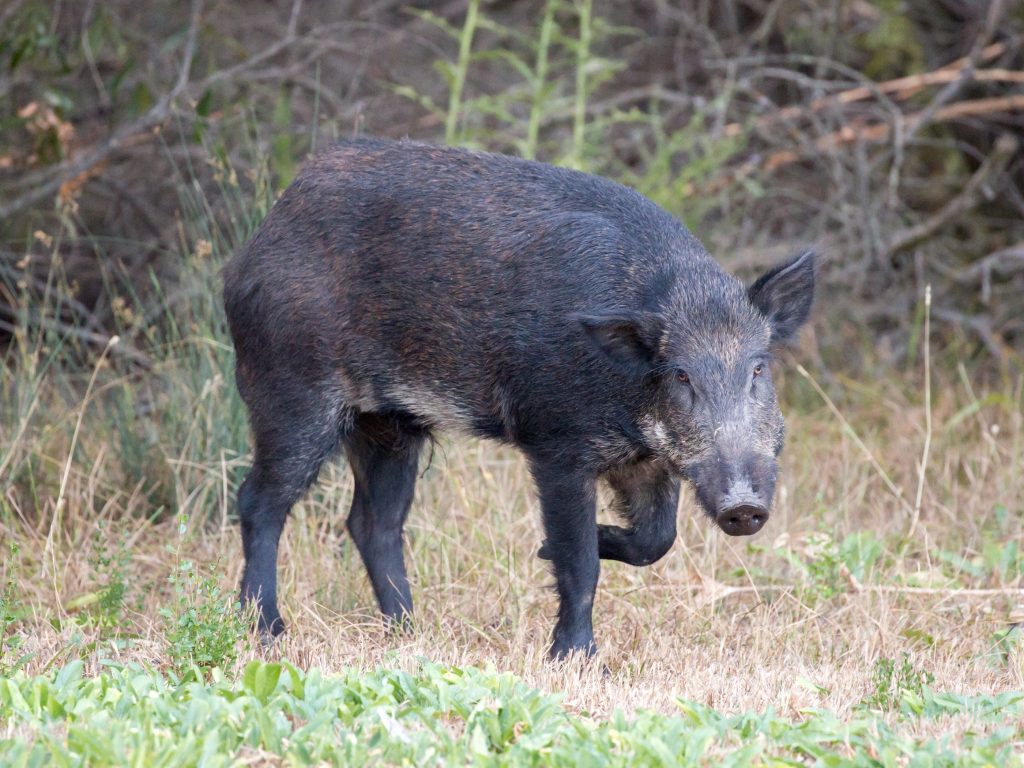
- Feral hogs are descending on Corona, California, and are tearing up property across the city.
- The city's vice mayor recommends erecting a fence on your property or setting traps to capture the pigs.
- Feral hogs have been an issue in the city since as early as the 1930s.
Feral hogs have long overwhelmed the city of Corona, California. The city's vice mayor thinks they have been around since as early as the 1930s.
"As long as I can remember pigs have always been an issue," Corona Vice Mayor Wes Speake told Insider.
The feral hog population in the city typically depends on the drought status at any given time. Periods of drought drive the 300-to-400-pound pigs into the urban wildlife interface, or where the wild area comes into contact with the city limits.
Speake attributes the current influx to a project commissioned by the Army Corps of Engineers that aims to raise water levels in dams that sit at the city's limits.
The construction is taking out the pigs' habitat and limiting what they can eat.
In response, they come in hoards to Corona where they dig up roots and eat citizens' grass and flowers.

Though there have been no attacked as of late according to the California Fish and Wildlife Department, Speake noted that the hogs are known to be aggressive, especially if they are provoked.
"Don't go pet them," Speake said. "They are not cute cuddly things you see on TV."
Instead, he encourages Corona citizens to call the Corona Police Department or city officials with feral hog sightings so they can be made aware of the issue and can warn others in the area.
He also suggested erecting a fence around your property if the pigs frequent your home.
"There is food in other places," Speake explained, "so you can erect a fence to prevent them from going onto property so they will go on to easier pickings."
Trapping is another option both for individuals and for the city, but a single trap can run anywhere from $6,000 to $7,000.
Trapping becomes an issue because of how quickly this species is known to reproduce, even though each trap can capture around five pigs.
"Trapping is an option, however, it is like using your fingers to pick up water, you're going to get a little bit but leave a lot behind," Speake said.
"We need a regional approach since they reproduce so quickly," he added.
Speake is also working on a citizen education program that explains how to coexist with the feral hogs and what to do if they become an issue in your area.
"People have to get used to letting the city know when it is happening and where it is an issue," Speake said.
While some have gotten better about calling in sightings, Speake believes the number of reported hogs is still inconsistent with the number in the city.
He hopes when he becomes mayor on December 1, the city will vote on his idea to place traps in known problem areas to prevent the hogs from tearing apart property.
